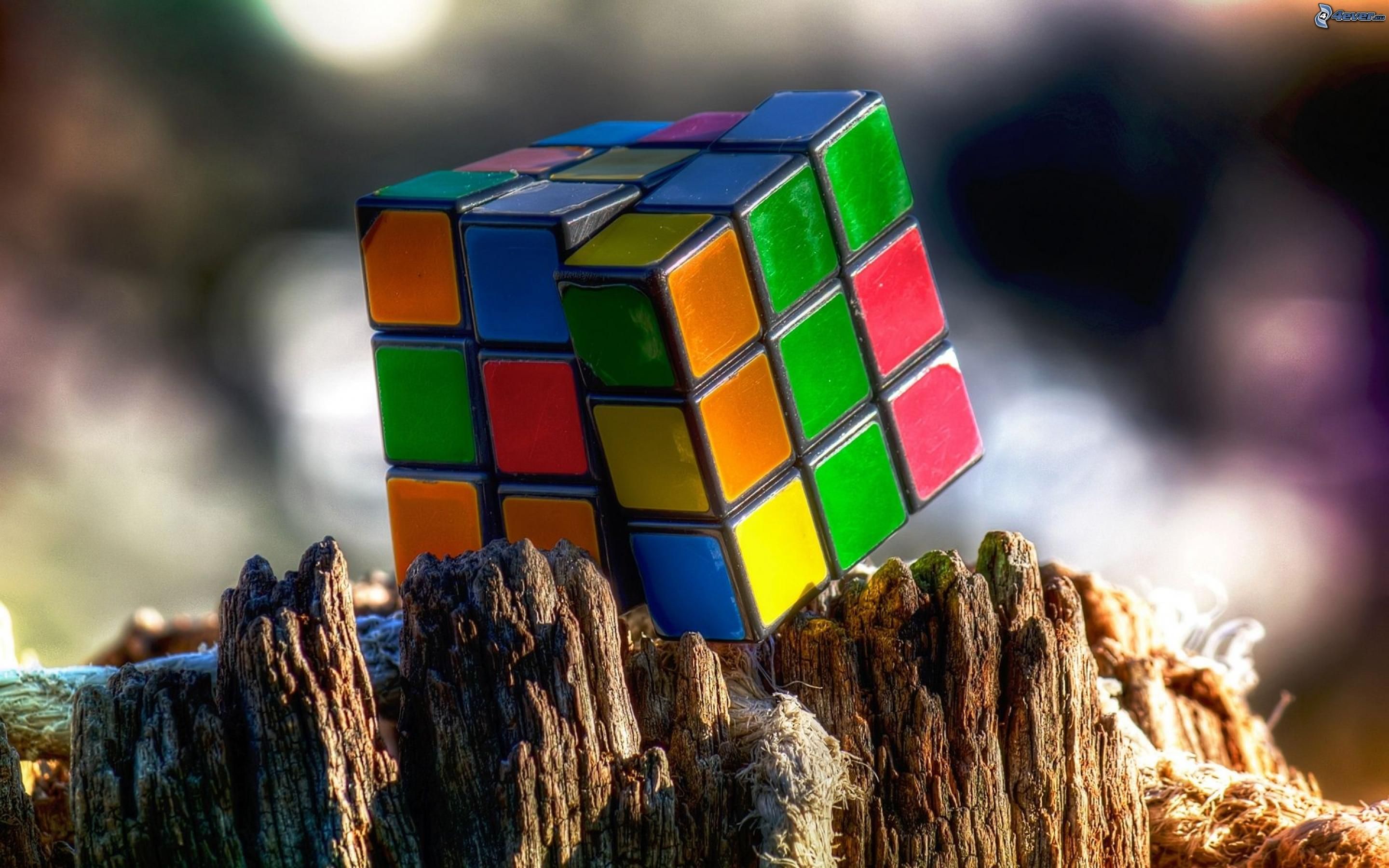Who among us has never played with the classic Rubik’s puzzle, which is nothing but a colored cube. Our grandparents and our parents have played, we have played and our children and their children will play, but where does the Rubik’s cube come from and how was it created? How did it become one of the top selling, known, appreciated and hated items in the world?
The Rubik’s cube was invented 40 years ago by the Hungarian professor of architecture Ernő Rubik. The game is to rearrange the colored faces of the cube so that each face is only one color: it had its moment of greatest success in the 80’s, but still today continues to be very popular and used for challenges against the clock where participants must solve Rubik’s Cube in seconds.
In 1974 Rubik taught interior design at the Academy of Applied Arts in Budapest, and it occurred to him the mechanism of the cube while preparing a lesson. Rubik wanted to create a system that would allow to move independent sections of a cube, without necessarily having to disassemble and reassemble every time. He found the solution creating a cube whose faces were made up of different sections, attached to the center by an internal mechanism, which could be mixed together. Only when he disassembled and tried to reassemble the cube for the first time Rubik realized that he had invented a puzzle.
The first patent for the Rubik’s Cube was registered in 1975 in Hungary, with the name “Magic Cube”, but it took two years before it was put into production and sold in stores in Budapest. Evaluated the success of the cube, in 1979 the US toy company “Ideal” proposed to Rubik to sell his invention worldwide. The following year in major toy fairs in Europe and the United States was presented the “Magic Cube”, which aroused a lot of interest. Production started on a large scale and the toy was renamed by “Ideal” the “Rubik’s Cube”, a name considered less generic than the last.
The paternity of the underlying mechanism of the Rubik’s Cube was recognized in March of 1983. Since then, several companies have still produced imitations and variations of the classic Rubik’s Cube. The side of each face of the claccic Rubik’s Cube is slightly less than 6 cm. In all there are 43,252,003,274,489,856,000 possible combinations.
Rubik’s Cube can be solved in several ways. The simplest but also the longer one is to resolve layer by layer. The method involves seven different steps: the cross, the corners, the first layer, the second layer, orientation edge, orientation angles, edges permutation, permutation corners. Online, starting from Wikipedia there are the instructions to follow to solve the puzzle. Who holds the current record for the fastest resolution of the puzzle is the Dutchman Mats Valk, who solved the Rubik’s Cube in 5.55 seconds.
Thanks to being cheap, easy to carry and always be used because it does not need batteries, in its 40 years of existence the Rubik’s Cube has had tremendous success practically all over the world. Very recognizable thanks to its faces divided into colored sections, is finished in a lot of movies, TV series and comic books. A Rubik’s cube has appeared in at least one episode of The Simpsons, Seinfeld, South Park and Big Bang Theory. In cinema the puzzle appeared in films like WALL • E, There’s Something About Mary, Being John Malkovich, Armageddon and Night at the Museum 2, to name a few.
In May 2014, Google has replaced its classic logo of the homepage with a doodle dedicated to the Rubik’s Cube, for it’s 40 years. The doodle is interactive and allows you to play to solve the puzzle in as few moves as possible.
Ernő Rubik today is 69 years old and for his invention has got dozens of awards and accolades from business organizations and universities. After the success of his puzzle, Rubik has been involved in popular science, promoting the importance of studying science at school. Last April, Rubik opened near New York the exhibition “Beyond the Rubik’s Cube”, dedicated to science, technology and mathematics. The exhibition will be carried around the world in the next six years, to tell the story of the puzzle Ernő Rubik and its implications in other areas of science.






